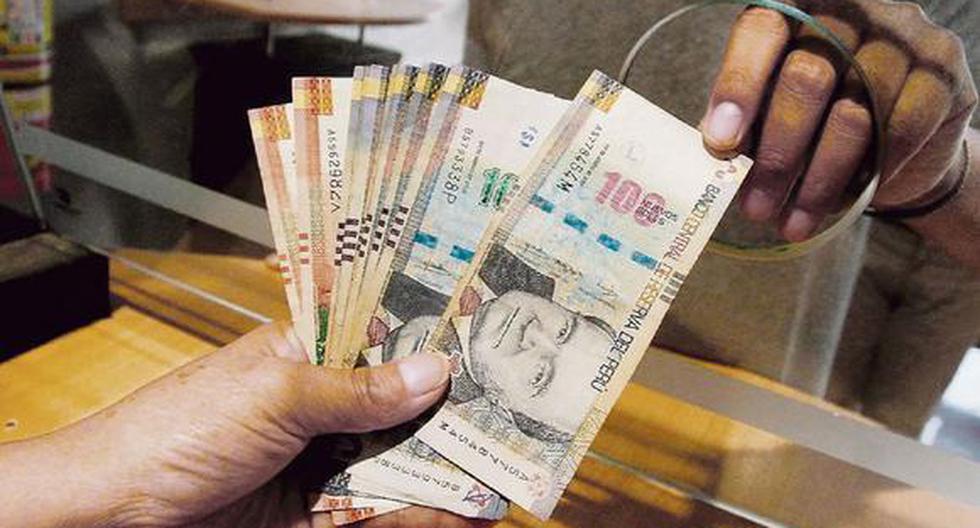The Central Bank of the Dominican Republic (BCRD), at its monetary policy meeting in July 2022, it decided to increase its monetary policy interest rate by 50 basis points from 7.25% to 7.75% per year. In this way, the rate of the permanent liquidity expansion facility (1-day repos) went from 7.75% to 8.25% annually and the remunerated deposit rate (Overnight)from 6.75% to 7.25% per year.
According to a press release, this decision is based on an exhaustive evaluation of the recent behavior of the world economy and its impact on inflation, influenced by geopolitical conflicts and global cost shocks. In that order, price dynamics continue to be affected by external factors that are more persistent than expected, associated with the extraordinary increase in the prices of oil and other raw materials, as well as the high costs of international container transport and other disruptions in supply chains. In addition, domestic inflation has been influenced by the second-round effects of these external components, to the extent that aggregate demand has recovered significantly in relation to pre-pandemic levels.
Read more: Hipólito Mejía proposes measures to be taken to reduce the food crisis
In particular, the monthly variation of the consumer price index (CPI) stood at 0.64% during June 2022, while year-on-year inflation, that is, in the last 12 months, stood at 9.48%, moderating with respect to its highest level reached in 2022 of 9.64% in the month of April. Similarly, year-on-year core inflation, which excludes the most volatile components of the basket, is beginning to show signs of moderation, going from 7.25% in May to 7.11% in June.
At the end of 2021, the Central Bank began a process of monetary normalization through increases in its monetary policy rate and reduction of excess liquidity in the financial system, with the aim of counteracting inflationary pressures, avoiding risks of overheating of the economy, as well as a deterioration of the differential with respect to external interest rates. After these measures, there has been a significant increase in the passive interest rate, while the increase in the active interest rate has been more gradual, remaining below pre-pandemic levels. Likewise, a significant moderation has been verified in the growth of monetary aggregates.
The recent measures implemented by the Central Bank have reversed the expansionary monetary stance adopted during the pandemic, which would facilitate a gradual convergence of inflation to the target range of 4% ± 1% during the monetary policy horizon. In this active monetary policy scenario, the BCRD will be continuously monitoring global financial conditions and the expectations of economic agents, in order to take the necessary measures to maintain price stability.
In the international environment, uncertainty remains high due to the war between Russia and Ukraine, which has caused a deterioration in global economic projections. In this sense, in its most recent report of the World Economic Outlook, the International Monetary Fund (IMF) once again revised downwards the global growth forecasts for the current year 2022, from 3.6% to 3.2%, while they continue to increase international inflation projections.
In the United States of America, our main trading partner, growth has slowed to 1.6% year-on-year in the second quarter of 2022, equivalent to an annualized quarter-on-quarter contraction of 0.9%. In this scenario, the IMF moderated the growth prospects for the US economy to 2.3% for this year. On the other hand, year-on-year inflation in that country reached 9.1% in June, more than four times higher than the 2.0% target. In this context, the Federal Reserve increased the reference rate by 75 basis points in July, accumulating an increase of 225 basis points this year, while indicating that they would be making additional adjustments in the remainder of 2022.
Refering to Euro zone, growth forecasts have also been revised downwards, with an expected expansion of 2.6% in 2022 according to the IMF; while year-on-year inflation continues to rise to 8.9% in July, the highest in the history of this bloc of countries. In this context, the European Central Bank increased the monetary policy rate by 50 basis points and announced that it considers it appropriate to make additional increases in the coming months.
In Latin America, Almost all the central banks of the region accumulate significant increases in their reference rates from the year 2021 to face the high levels of inflation, as is the case of Argentina (2,200 basic points), Brazil (1,125 basic points), Chile (925 basis points), Paraguay (725 basis points), Colombia (725 basis points), Costa Rica (675 basis points), Peru (575 basis points), Uruguay (525 basis points), Mexico (350 basis points), Nicaragua (150 basis points) and Guatemala (50 basis points).
In relation to raw materials, the price of a barrel of Texas Intermediate Oil (WTI) has registered significant increases in recent months, going from an average of US$83 during January 2022 to close to US$100 per barrel during July. Meanwhile, the international prices of primary food goods, such as corn, wheat, sorghum and soybeans, remain high due to the aforementioned armed conflict between two of the main world producers of these commodities. However, in recent weeks there has been a decrease in the price of the main raw materials due to the moderation in global demand and improvements in the production and distribution of these goods.
In the domestic environment, the Dominican economy maintains a high dynamism, registering a year-on-year growth of 5.8% during the month of June of this year, which has allowed the accumulated expansion during the first half of 2022 to stand at 5.6%, for above its potential. The positive evolution of economic activity has contributed to a significant improvement in the labor market.
Despite the complex international scenario, forecast models point to economic growth by the end of 2022 of around 5.0%, one of the highest expansions among emerging economies and the region, in line with what is indicated by the organizations international, such as IMF and the World Bank.
As a reflection of the boost in domestic demand, the growth of private credit in national currency has accelerated, expanding year-on-year by around 13.5% at the end of July, consistent with the expansion of nominal GDP. This dynamism of credit is mainly driven by financing for the agricultural sector, consumption, micro-enterprises, home purchases, and construction.
Refering to fiscal policy, The higher collections stand out in relation to what was estimated, which have provided the necessary space to apply subsidies and other measures aimed at mitigating the impact of higher international prices of raw materials on national production and households, especially the most vulnerable.
In the external sector, the favorable performance of exports and tourism continues; as well as remittances, which exceeded US$4.8 billion during the first half of the year. The positive evolution of foreign exchange-generating activities has favored the relative stability of the exchange rate, reflected in an appreciation of the local currency of approximately 5.0% at the end of July, which helps offset the impact of the imported component on prices and , therefore, to the gradual convergence of inflation to the target. Likewise, international reserves have been strengthened to around US$14.2 billion, equivalent to about 13.0% of GDP and about six months of imports, exceeding the metrics recommended by the IMF.
“It is important to note that the dominican economy It is in a good position to mitigate this adverse shock, taking into account the strength of the macroeconomic fundamentals, the resilience of the productive sectors and the high levels of international reserves. The Bank The Central Bank of the Dominican Republic reaffirms its commitment to conduct monetary policy towards the achievement of its inflation target and the proper functioning of the financial and payment systems, for which it will continue to monitor the international situation and inflationary pressures, with the purpose to adopt additional measures in the face of factors that could put price stability at risk”, he concludes.








